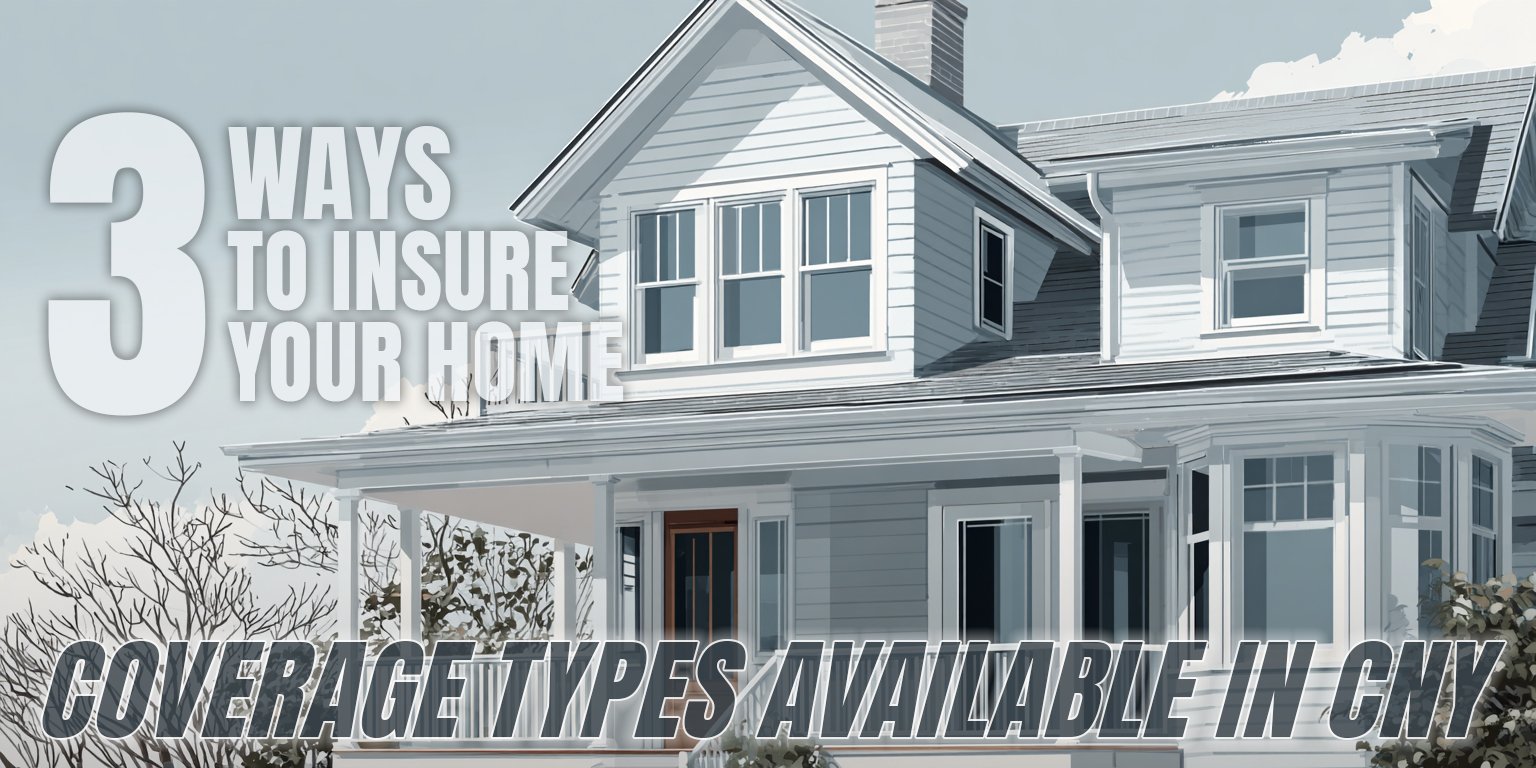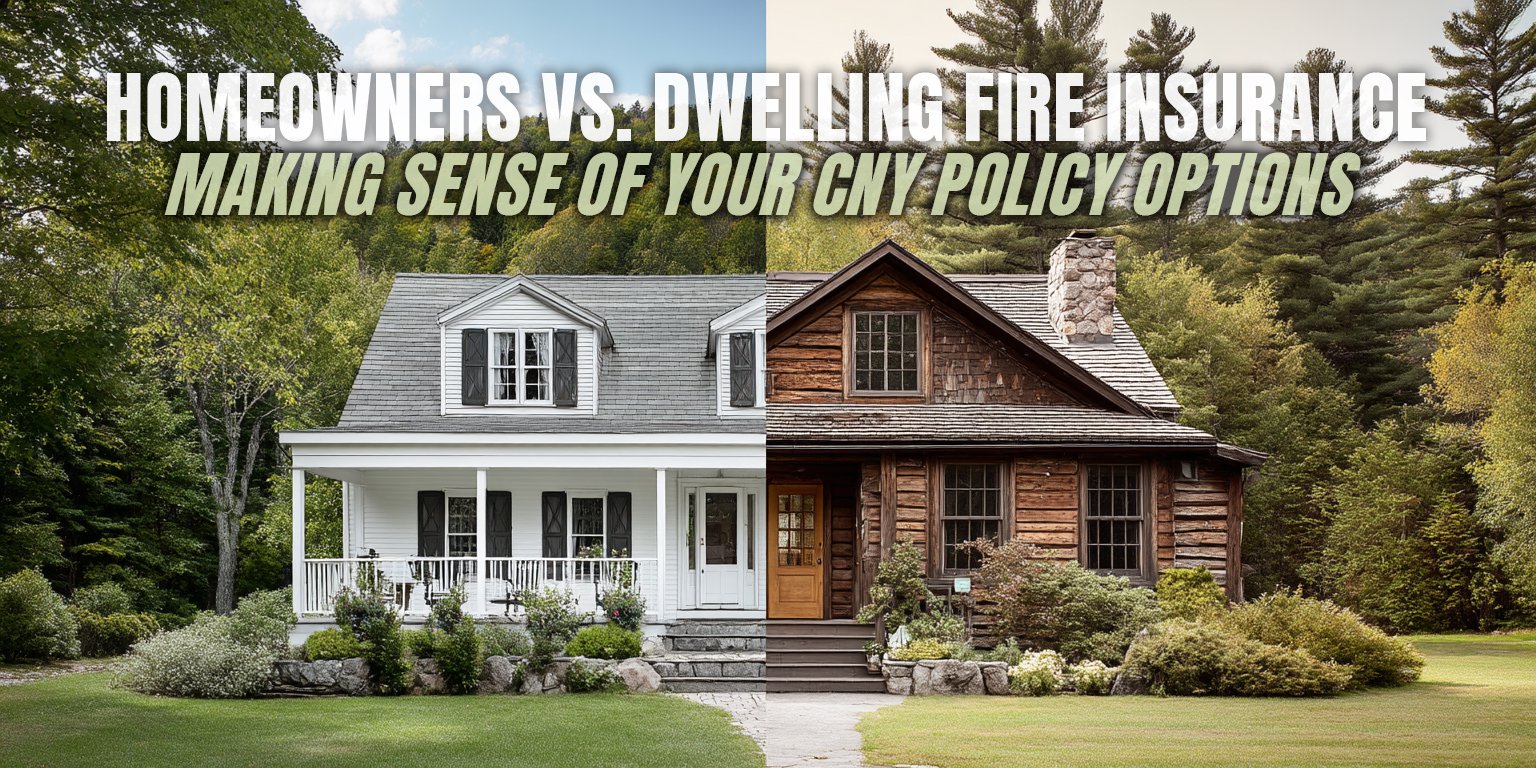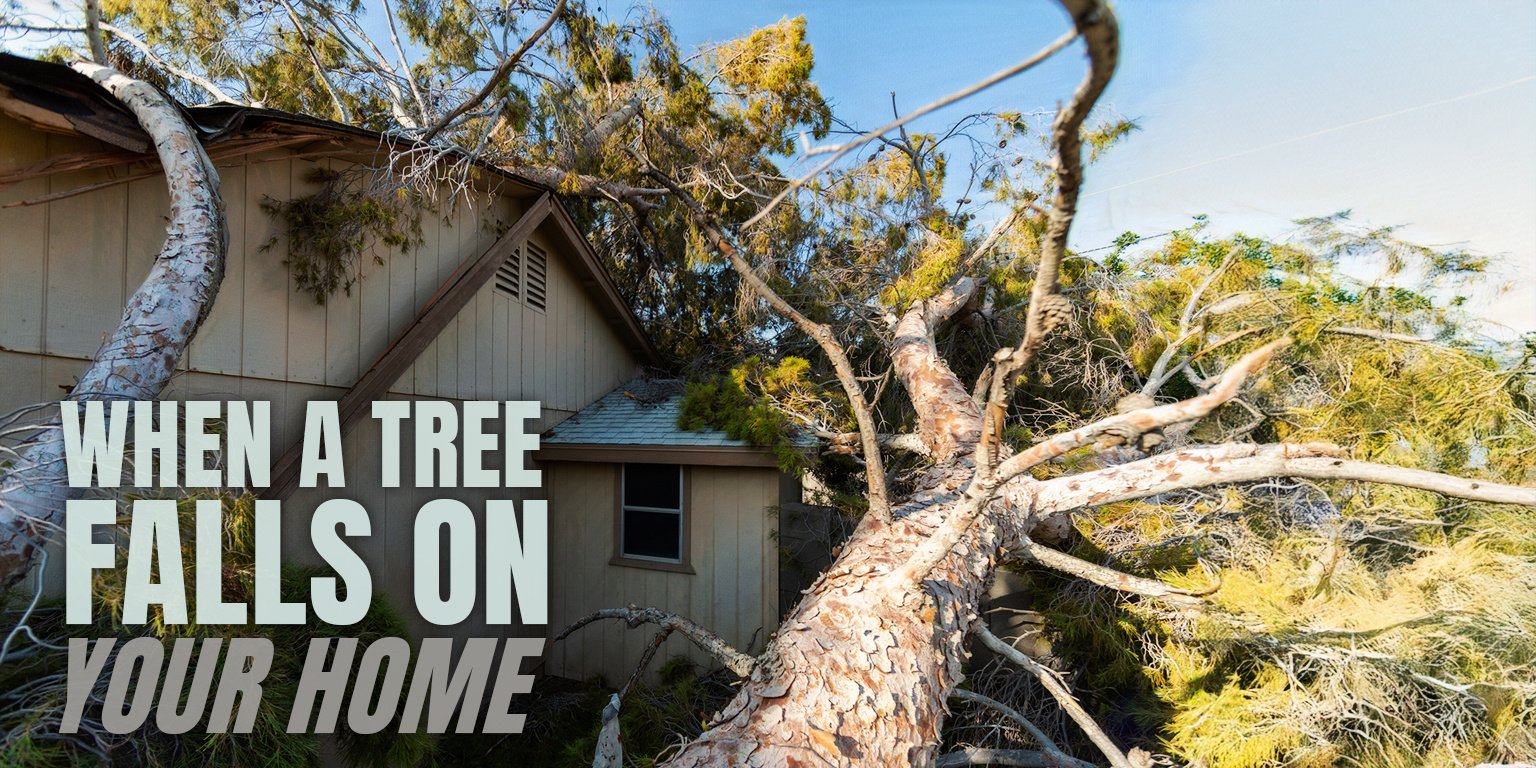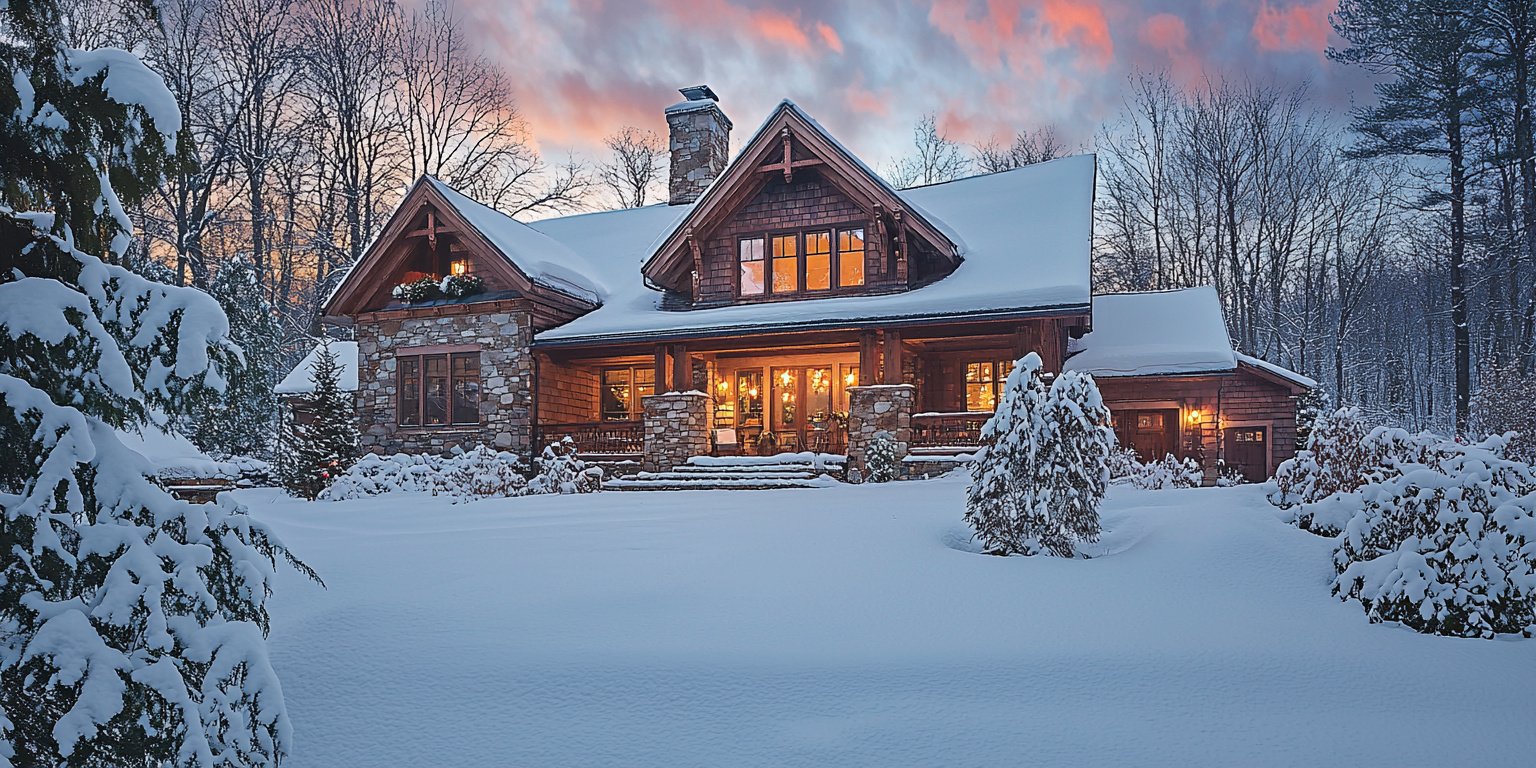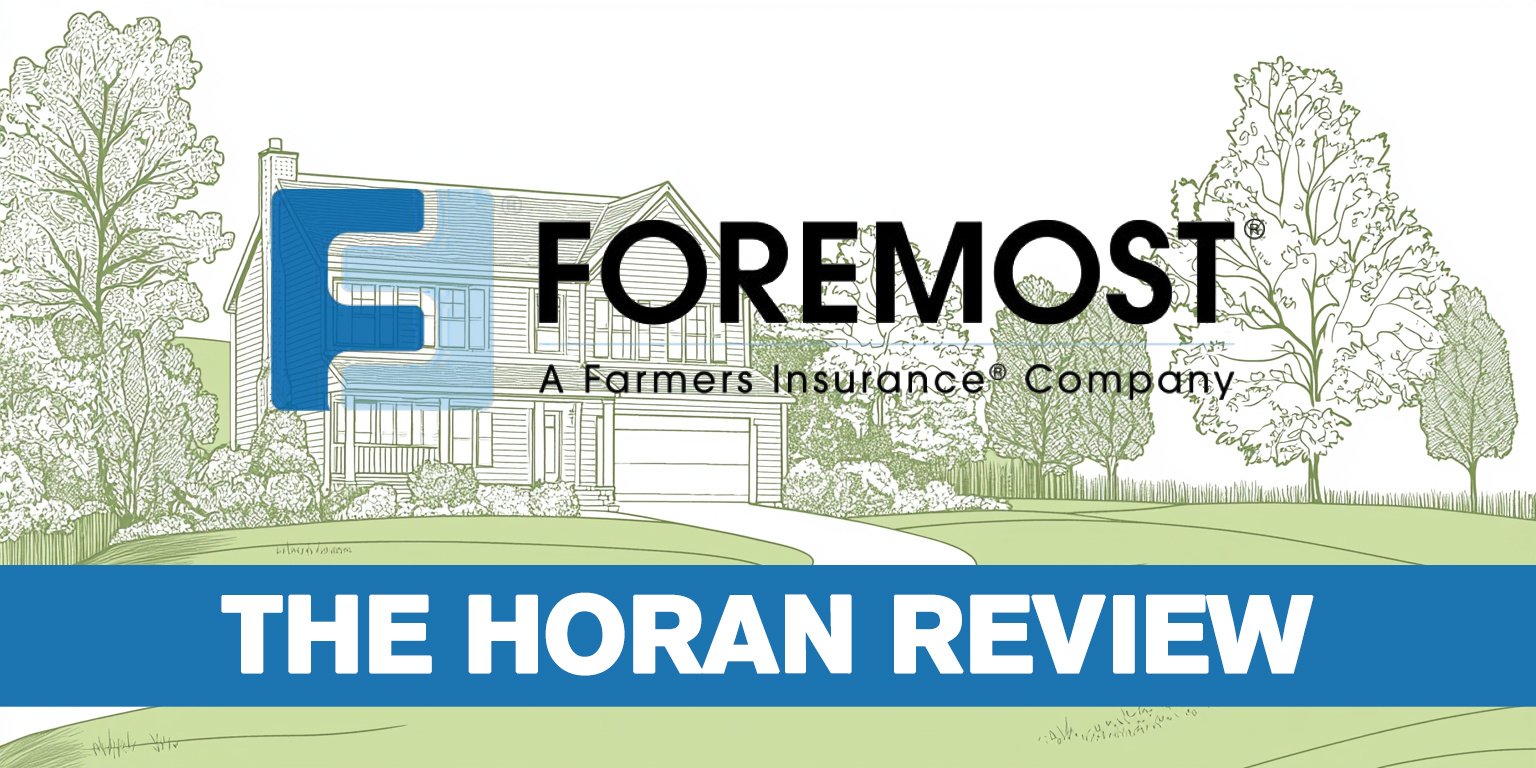Vacant vs. Unoccupied Houses: How These Property Classifications Affect Central New York Insurance Rates Insurance
July 28th, 2025
3 min read
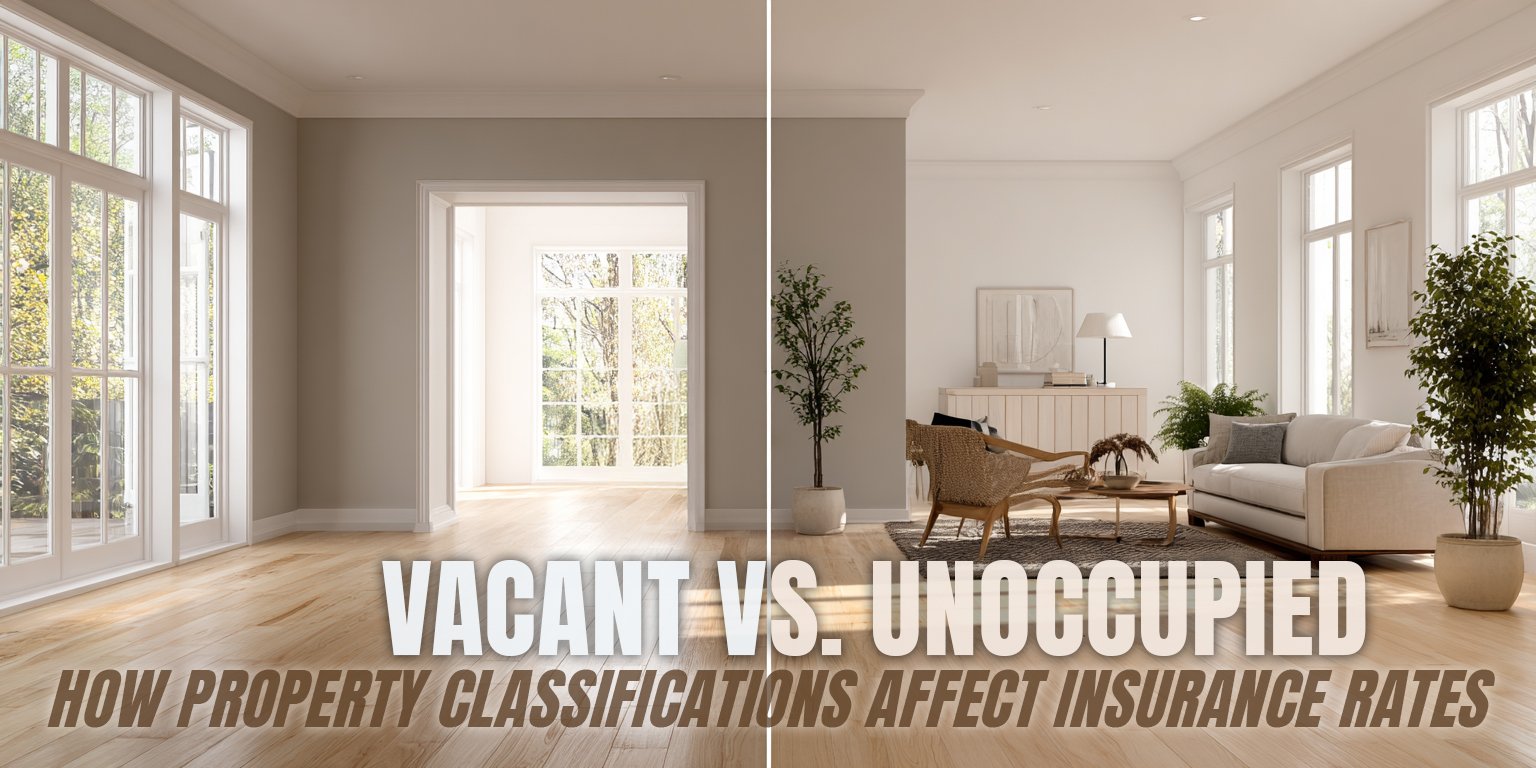
Owning property that sits empty in Central New York brings unique insurance considerations many property owners don't expect.
Whether you're between tenants on a rental property in Syracuse, preparing to sell your family home in Liverpool, or maintaining a seasonal residence in the Finger Lakes, understanding how insurance companies classify empty properties can help you avoid coverage complications and unexpected premium changes.
Property owners often assume an empty house is simply an empty house, but insurance companies make important distinctions that directly affect coverage and costs. At the Horan insurance agency, we help Central New York property owners understand how vacancy and occupancy classifications impact their insurance decisions and work with multiple carriers to explore coverage options for various property situations.
In this article, we'll explore the key differences between vacant and unoccupied properties, how these classifications affect insurance rates, and the risk factors that drive these distinctions.
Understanding the Key Difference Between Vacant and Unoccupied Properties
The distinction between vacant and unoccupied properties centers on what remains inside the building, not just whether people live there regularly.
A vacant property contains no furniture, personal belongings, or household items that would suggest anyone lives there. Picture a house in Camillus after the previous owners moved out completely, taking everything with them. The rooms are empty, closets are bare, and nothing indicates the space serves as anyone's residence.
An unoccupied property, however, still contains furniture and normal household items but doesn't serve as anyone's regular residence. Consider a furnished rental property in Baldwinsville between tenants, or a vacation home in Skaneateles that family members use occasionally but don't call their primary residence.
Insurance companies use these classifications when calculating risk and determining coverage terms.
How Insurance Companies Rate Empty Properties Differently
Insurance carriers adjust their pricing based on the occupancy status of properties because empty buildings present different risks than occupied homes.
When a property qualifies as vacant, most insurance companies apply a vacancy surcharge to premiums. This additional cost reflects the increased risk that comes with a completely empty building. Some carriers may require separate vacant property insurance policies instead of standard homeowners coverage.
Unoccupied properties typically receive smaller rate adjustments, though carriers still want notification about the occupancy status. The presence of furniture and household items suggests some level of ongoing use and care, which insurers generally view more favorably than complete vacancy.
For example, if you own a rental property in Manlius that becomes vacant between tenants, you may face higher premiums during the vacant period than you would if the property remained furnished but temporarily unoccupied.
If you’re considering renting properties in CNY, learn the 10 common mistakes new landlords make when purchasing insurance.
Risk Factors That Drive Insurance Rate Differences
Insurance companies treat empty properties differently because unattended buildings face increased risks that occupied homes typically avoid.
When incidents occur in occupied homes, residents can respond immediately and take steps to minimize damage. In empty properties, problems can go undetected for extended periods before anyone discovers them, potentially resulting in more extensive damage.
Fire presents particular concerns in empty buildings. While residents can quickly call emergency services when fires start in occupied homes, fires in vacant properties may burn undetected for hours or days before neighbors notice.
Water damage creates similar risks. A burst pipe in an occupied home gets attention quickly, but the same leak in an empty property could flood multiple rooms and cause extensive structural damage before discovery.
Empty properties also attract vandalism, theft, and unauthorized occupancy more frequently than occupied buildings. Insurance companies factor these additional risks into their pricing and coverage decisions.
 Central New York Weather Considerations for Empty Properties
Central New York Weather Considerations for Empty Properties
The seasonal nature of Central New York's climate creates specific challenges for property owners dealing with vacancy transitions. Weather-related damage can worsen in empty properties, particularly during winter months. A roof leak during a winter storm could lead to frozen pipes and extensive ice damage in an unheated vacant home, while occupied properties typically maintain heating systems that prevent such complications.
Many property owners list homes for sale during spring and summer months, potentially leaving properties empty during the winter heating season. Properties that become vacant in November face different insurance considerations than those that empty during warmer months when frozen pipe risks are minimal.
Rental property owners often experience tenant turnover during summer months when moving is easier, but properties that become vacant during winter require more careful insurance planning due to heating and weather-related concerns.
Managing Insurance During Property Transitions
Property owners can take steps to help minimize insurance complications during transitions between occupied and empty status.
Maintaining basic utilities and regular property inspections can demonstrate ongoing care to insurance companies, potentially helping with rate considerations. Some carriers offer different rates for properties that remain heated and regularly monitored, even when empty.
Understanding your carrier's specific definitions and requirements for vacant versus unoccupied properties helps you plan transitions and communicate accurately with your insurance company. Different carriers may have varying time limits for how long a property can remain empty before requiring different coverage.
Make Informed Decisions About Empty Property Insurance
The distinction between vacant and unoccupied properties affects both insurance costs and coverage options during property transitions. Understanding these classifications can help property owners in Central New York plan for the unique challenges that come with seasonal market conditions and harsh winter weather.
The Horan insurance agency provides information to Central New York property owners about coverage options for various occupancy situations. We can discuss how different carriers handle vacant and unoccupied properties and share insights about potential rate adjustments based on specific situations.
Click the Get a Quote button below to learn more about insurance options for Central New York properties during occupancy transitions.
Daniel is an accomplished content creator. He has been working in publishing for almost two decades. Horan Companies hired Daniel as its content manager in November 2022. The agency entrusted its messaging to him. Since then, Daniel has written insurance articles, service pages, PDF guides, and more. All in an effort to educate CNY readers. He's helping them understand the world of insurance so they can make informed decisions.
Topics:














